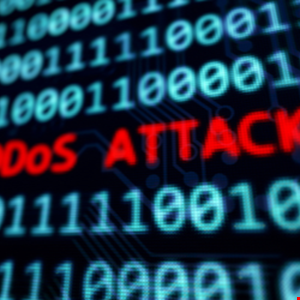- I recommend the Pixel 9 to most people looking to upgrade - especially while it's $250 off
- Google's viral research assistant just got its own app - here's how it can help you
- Sony will give you a free 55-inch 4K TV right now - but this is the last day to qualify
- I've used virtually every Linux distro, but this one has a fresh perspective
- The 7 gadgets I never travel without (and why they make such a big difference)
Carpet Bombing Attacks on the Rise

Carpet bombing Distributed Denial of Service (DDoS) attacks are on the rise, according to new research by cloud-oriented security services provider, Neustar Security Services.
On Thursday, Neustar published its Cyber Threats & Trends Report: Defending Against A New Cybercrime Economy, which analyzed cyber-attacks fielded by the company’s Security Operations Center (SOC) last year.
The company said the number of carpet bombing DDoS attacks seen by its SOC in 2021 was “unprecedented.”
“Carpet bombing, in which a DDoS attack targets multiple IP addresses of an organization within a very short time, accounted for 44% of total attacks last year, but the disparity between the first and second half of 2021 was stark,” said a Neustar spokesperson.
The company found that in the first two quarters of 2021, carpet bombing represented just over a third (34%) of total attacks mitigated by the SOC. However, this form of DDoS attack became more prevalent in the second half of the year, accounting for 60% of all attacks in Q3, and 56% in Q4.
Most of the attacks were small, falling into the 25 gigabits per second (Gbps) and under size category. While the average attack was just 4.9 Gbps last year, many large-scale attacks occurred in 2021, with the largest of all boasting a bandwidth of 1.3 terabits per second (Tbps).
The most intense carpet bombing attack was clocked at 369 million packets per second (Mpps). Researchers noted that while “the majority of attacks were over in minutes,” the longest-running attack dragged on for nine days, 22 hours and 42 minutes.
Nearly 40% of the unique attacks seen by the SOC in 2021 took place in the first three months of the year. While a mix of old and new attack vectors was observed, the SOC noted the continuing use of botnets.
The SOC also saw a high level of reflection/amplification DDoS attacks, using either new vectors or familiar tactics, such as DNS and Remote Desktop Protocol (RDP).
The company said: “Single vector attacks represented 54% of attacks in 2021 compared to 5% in 2020, showing an economy of effort from many attackers.”

